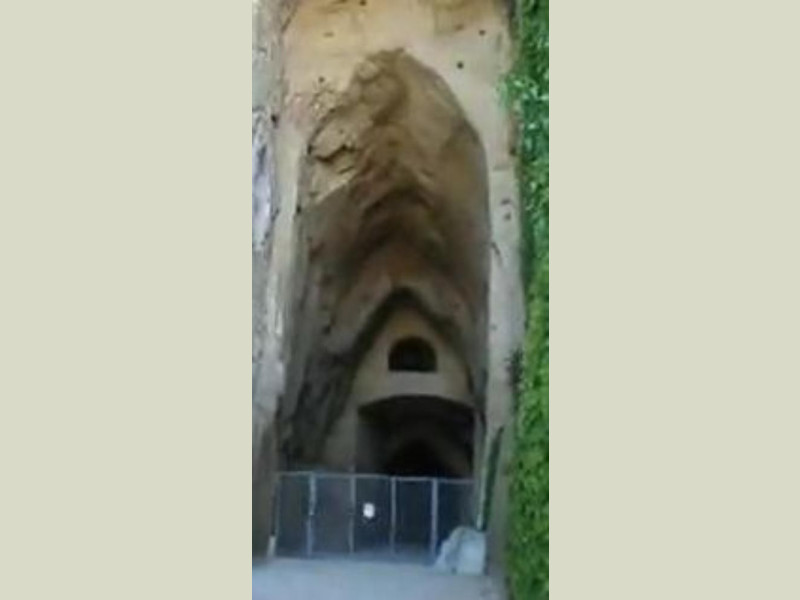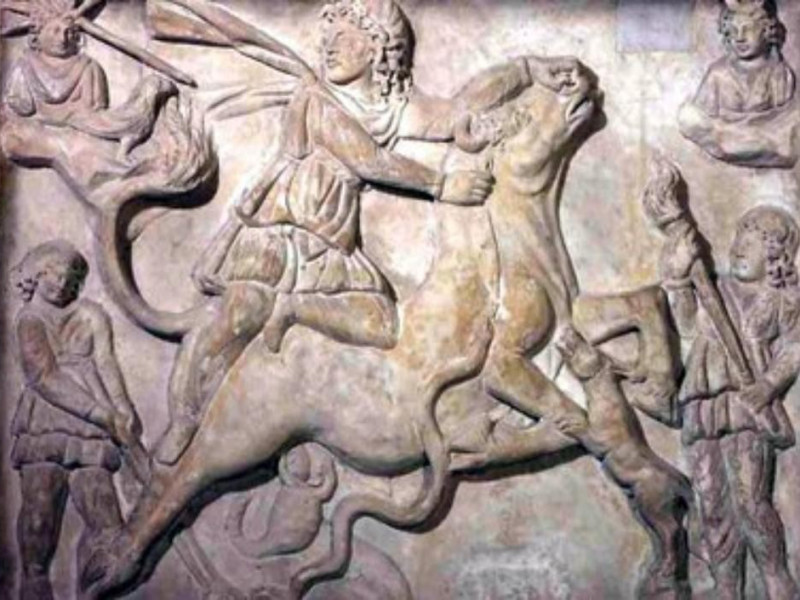Crypta Neapolitana
The long cave - closed to traffic since 1929 - completely crosses the Posillipo hill, oriented east-west, connecting Naples at Fuorigrotto and the Phlegraean Fields. According to Strabo, was excavated in the course of the first century. C. (according to other sources in sec. Third century BC), commissioned by the architect L. Lucullus Cocceio Aucto, which are attributed to other similar perforations in the Neapolitan area, such as the cave that connected Cuma Lake Averno. Over time, the cave has received several names, including 'Grotto of Virgil', the name of which is connected by a significant group of magical-religious beliefs, not only for the presence of the tomb attributed to the poet near its eastern entrance . Perhaps originally intended for military purposes, the tunnel runs alongside the long Augustan aqueduct Serino, one of the branches of which was to supply the Phlegraean area. The cave was equipped with two vents open the vault and Strabo says that its width allowed the simultaneous passage of two wagons. In 1455, at the behest of Alfonso of Aragon, the ground level was lowered by approx. 11 meters, as recalled by a plaque at the entrance, and in the sixteenth century, the Viceroy Pedro de Toledo provvidea make pave pavement to the floor. At that time, in the center of the cave dug into the tuff there is also a small chapel dedicated to Our Lady of the Cave. At the end of the nineteenth century, the old tunnel was again restored and lit, but the alterations suffered over time have led to serious structural failure and the need for in 1925 - '30 to shut down an embankment with the road leading to direct entry, as it is known in the depictions of the era, with the creation of a curved path that now leads with more ramps to the entrance of the cave: an intervention that gave way to the Park of the Tomb of Virgil. The only one short section of the cave is open to visitors outside of the park, away from the entrance of the Old Cave, at Fuorigrotta.




